GETTING STARTED
Here's a brief summary of what you'll need to get started and to comply with local and international rules
BMX BIKE
BMX race bike [different geometry to a freestyle or street bike and usually lighter] which is built to withstand the rigours of BMX racing, free of dents, bent frames or cracked welds
Wheels of 20" or 24" [cruiser] nominal diameter
Handlebars with a maximum width of 74cm [29"]
Steering head must turn freely.
Brakes must be fitted and operating at least on the rear wheel. Front brake can be fitted but is optional. All cables must be secured to the frame and cable ends must be capped toprevent fraying
Seat must be constructed of material that is sufficiently strong to resist penetration form the seatpost.
Cranks, pedals and gears must be securely fastened to the so as to eliminate lateral movement. Toe clips and straps are not permitted but pedal cleat systems are.

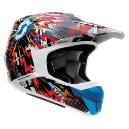
HELMET
Helmets must be of full face construction with a visor of at least 10cm.
Open face hemlets are not permitted under any circumstance.
Helmet strap must be securely fastened at all times during the race.
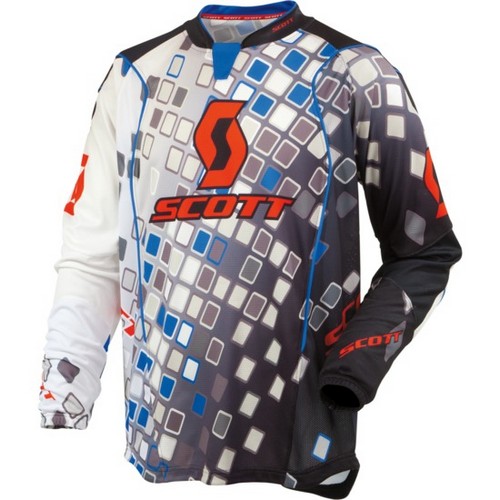
JERSEY
Jersey must be loose fitting with long sleeves extending down past the rider's wrist. Lycra material is not permitted for outer wear.
The jersey must be tucked into the rider's pants so as not to cause interference or get caught up should there be a riding incident.
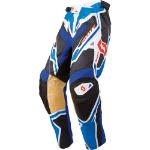
PANTS
Pants shall be loose fitting and manufactured of tear resistant material. Denim is not permitted under circumstance. Lycra material is not permitted for outer wear.
Loose fitting shorts made of tear resistant material may also be worn if used together with knee and shin protection that has a rigid surface.
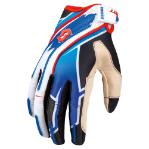
GLOVES
Gloves must have fingers that completely cover the rider's fingers.
Under special circumstances only, the competition doctor may allow riders to compete without gloves.
We have a small selection of loan equipment for use when trying our track for the first time.
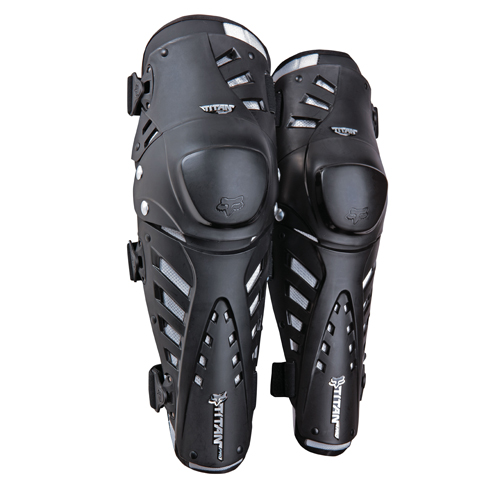
PROTECTIVE GEAR
Other protective equipment may be worn under your jersey and pants. Mainly optional, except when wearing shorts, such as:
Knee and Shin protection
Elbow protection
Chest and back protection
Neck protection [such as the Leatt Brace system]
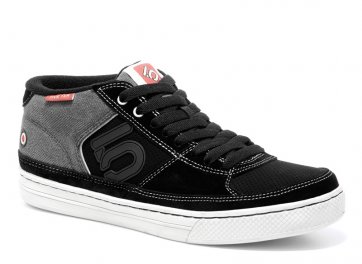
SHOES
Shoe should be of sturdy construction and be securely fastened to the rider's feet by a lacing system or velcro straps.
For bikes with 'flats' [flat pedals] the best type of shoes are soft soled street shoes; brands such as 5 Tens or Vans.
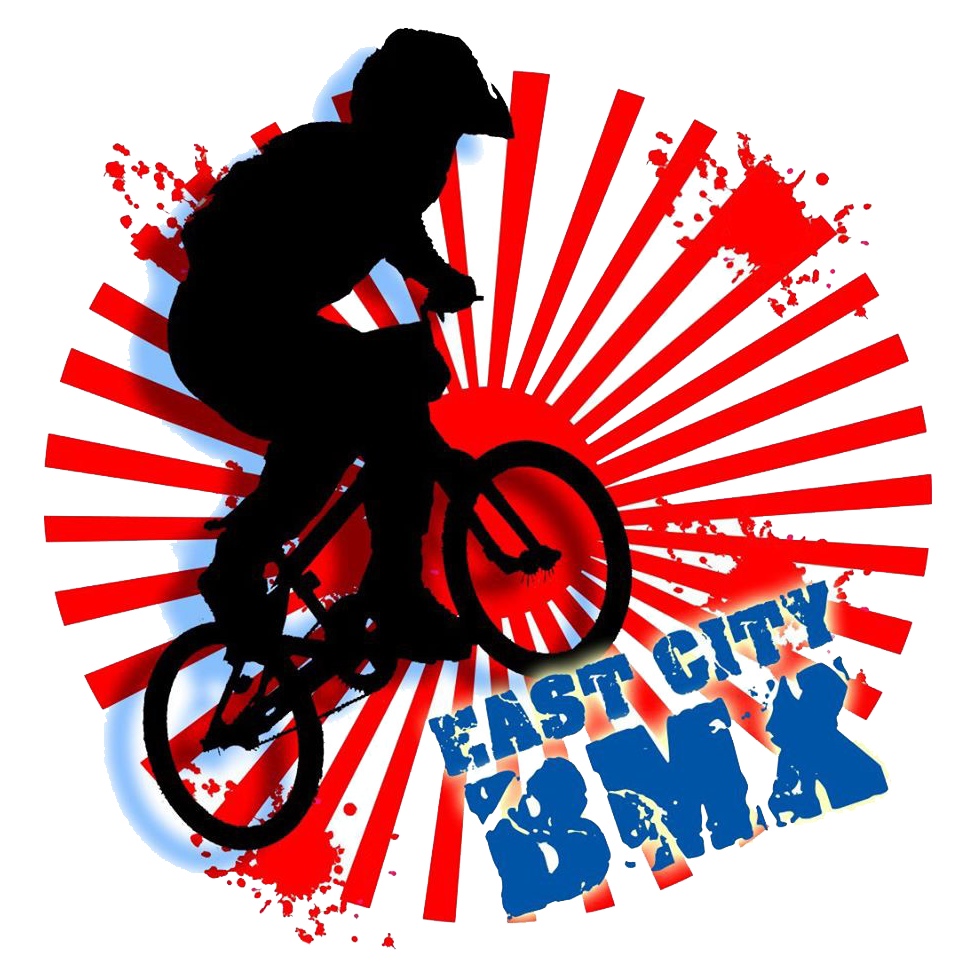
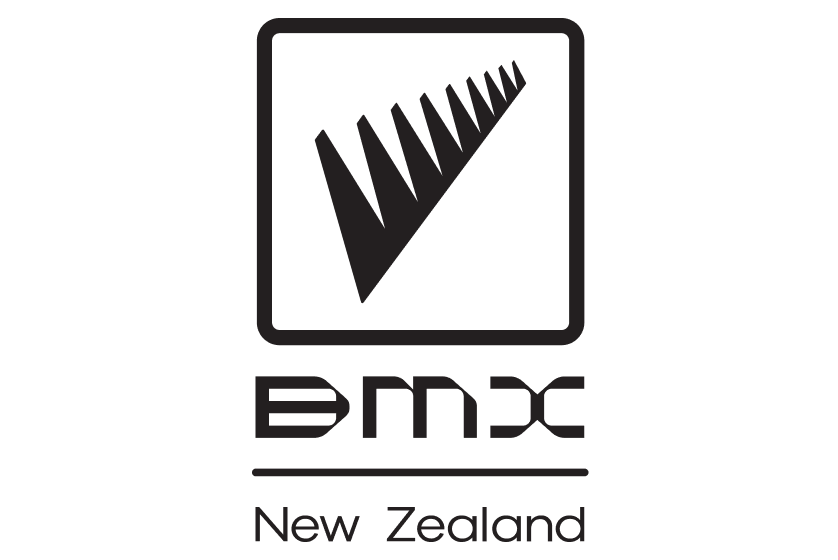
 Admin Login
Admin Login